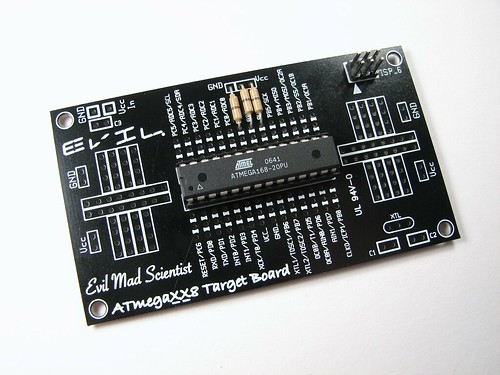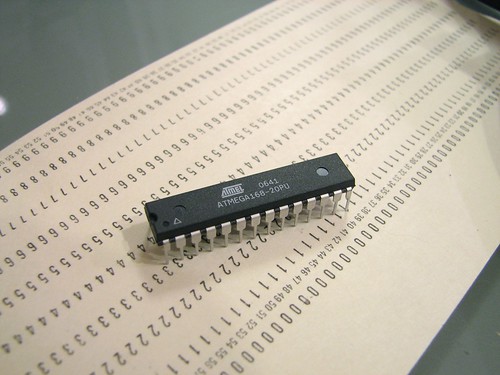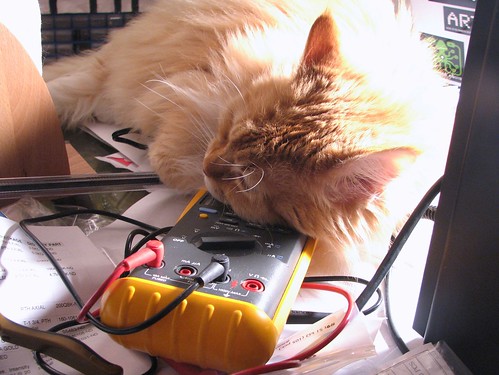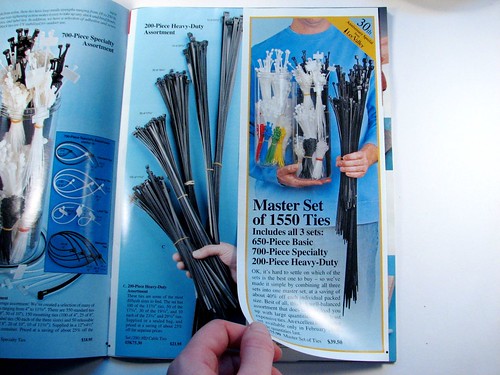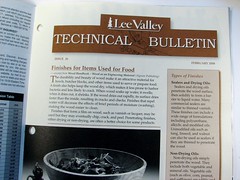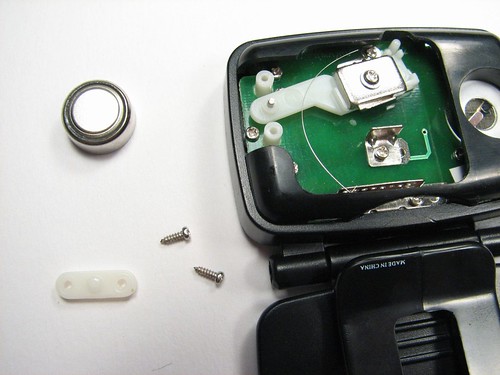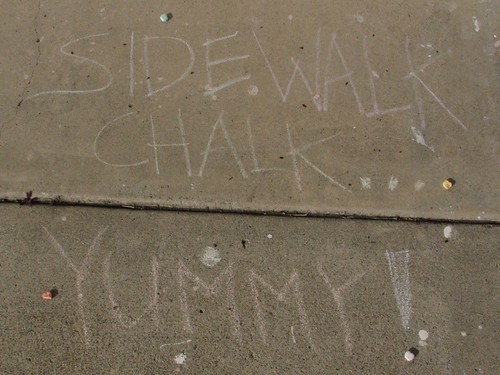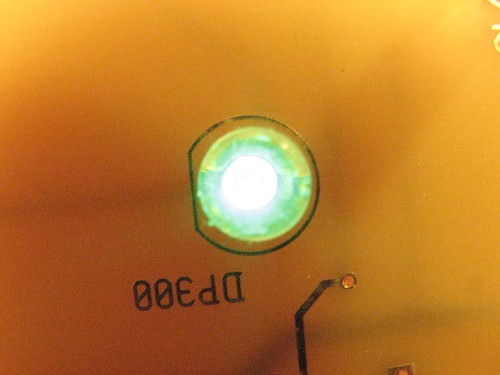

Tomorrow (Monday 3/3/08) at TechShop in Menlo Park, CA, I’m giving another AVR intro class. These classes have been big, lively, engaging and interesting, with a lot of good questions– two sessions are scheduled this month:
Monday, 3/3/08, 6:30-8:30 PM, and
Saturday, 3/22/08, 1:00-3:00 PM
Seminar: Introduction to AVR Microcontrollers
AVR microcontrollers are powerful and versatile single-chip computers that cost only a few dollars each. You may have noticed that a number of our interesting projects are based around these, using them to make smart little toys and machines.
This class is aptly billed by TechShop as “How To Use AVR Microcontrollers in Your Projects.” Indeed. We’ll be bringing along a number of our cool AVR-based Evil Mad Scientist Laboratories projects from to show off some of the things that you can do with these little marvels, and how you might go about doing it.
Formal class description: “AVR microcontrollers are powerful, versatile and inexpensive single-chip computers that are remarkably easy to program in C, using entirely free and open-source tools that run on Macs, Windows, and Unix-like operating systems. In this practical introduction to AVR microcontrollers, we’ll take it from the beginning so that you can get started using them for your own cool projects. Some topics to be covered include: different types of AVRs and how to pick one for your application, getting a programmer, installing software tools, how to get started actually programming them, and how to download and run your code on the microcontroller. Class format is a one hour lecture followed by show-and-tell demonstrations and ample time for questions.”
Sign up here.


Seats are still available in one other microcontroller project class:
Soldering Project: Build a Micro Readerboard
A fun little soldering class, where you can customize the phrases in and build your very own LED Micro-Readerboard. It’s a cute little toy that spells out a preprogrammed messages (e.g., your name– for an LED nametag!), one letter at a time, on its display. In the class, you get to choose what messages to put on your readerboard, solder it together and take it home. It’s a neat, self-contained project that’s a great example of what you can do with a little AVR microcontroller; a perfect “my first microcontroller” project for anyone who hasn’t played with one yet. This is an intermediate soldering class; some prior soldering experience is needed. Other than that, no prior knowledge is assumed, so this class is great for kids too.
Next Classes:
- Saturday, 3/8/08, 1:00 PM
- Saturday, 3/22/08, 4:00 PM
Sign up here!




